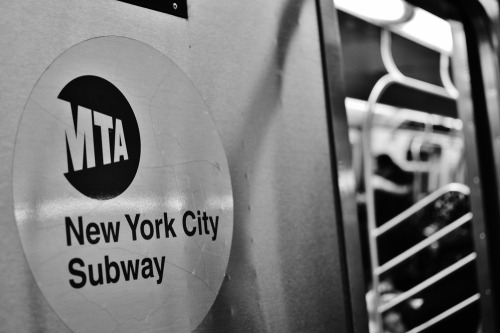
On Wednesday, the New York Metropolitan Transit Authority released its $68.4 billion capital plan, the largest state of good repair investment in MTA history.
The plan would dedicate more than 90 percent of the funding to rebuilding and improving the system, with priorities that include ordering 2,000 railcars, more accessible stations and more modern fare gates. The plan would also include investments to upgrade outdated power systems, rebuild shops and rehabilitate structures like the Grand Central Artery.
“This Capital Plan was developed by the most comprehensive analysis the MTA has ever undertaken to truly understand the needs of the system, the challenges and opportunities,” MTA Chair and CEO Janno Lieber said. “After years of underinvestment, more than 90% of this proposed plan – the largest in MTA history – focuses on bringing the system to a state of good repair. These investments are necessary to serve the following generations and the future of the region’s economy, environment, and social and economic equity.”
The proposed 2025-2029 Capital Plan outlines the MTA’s investment into the region’s subways, buses, railroads, bridges and tunnels, the agency said, with a goal of ensuring that New Yorkers continue to have access to reliable, accessible and sustainable transit. The plan includes targeted investments to rebuild, improve and expand the MTA system so that the agency can continue to provide reliable service and put the system on the path to a state of good repair, officials said. The plan is based on the Twenty-Year Needs Assessment, previously undertaken to provide a detailed system-wide evaluation of the future of the MTA.
“The new MTA’s approach to capital construction is allowing us to deliver projects better, faster, and cheaper,” MTA Construction & Development President Jamie Torres-Springer said. “From planning to development to construction, we will keep innovating and driving costs down as we implement the vital investments outlined in this Capital Plan.”
The most urgent needs will be investing in 1,500 new subway cars to modernize the subway system. Additionally, the plan will invest in modern signaling for the subway, upgraded maintenance facilities, substation upgrades and accessibility at stations. The plan will also invest in an additional 500 zero-emission buses and electric bus charging stations; new railroad cars and improvements to railroad maintenance facilities and power systems; and making safety upgrades to tunnels in the region.
The plan will be presented for a vote by the MTA Board on Sept. 25. Once approved, the plan must be submitted to the MTA Capital Program Review Board by Oct. 1, where the Review Board will have 30 days to review and approve the plan. In mid-October the MTA will hold a series of open houses and launch a public education campaign for New Yorkers about the plan.